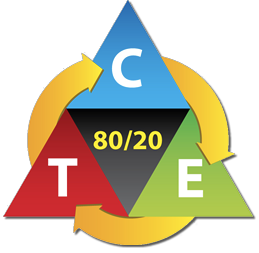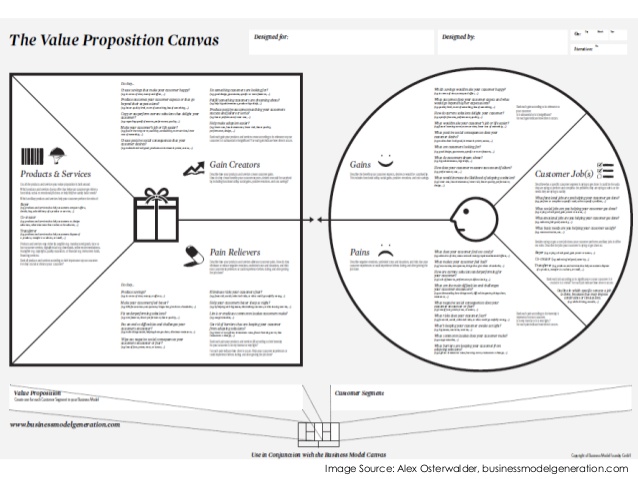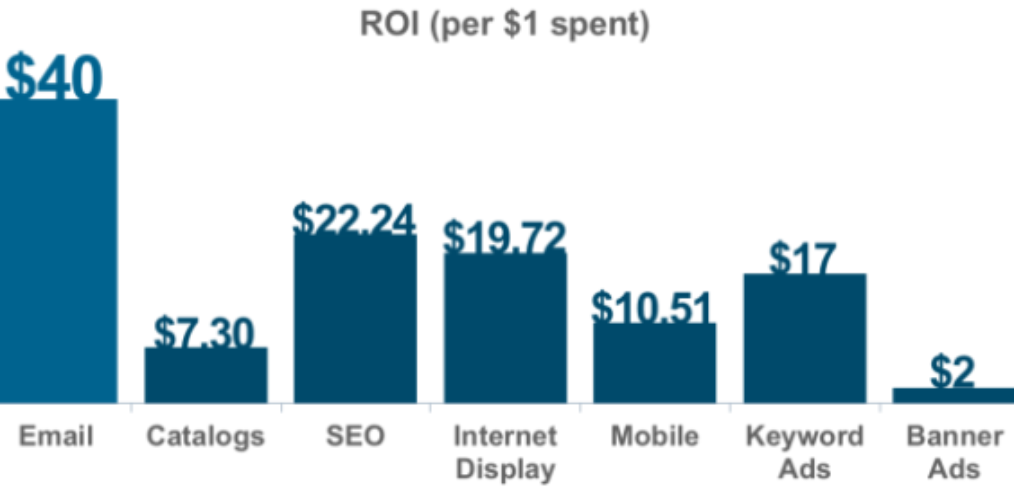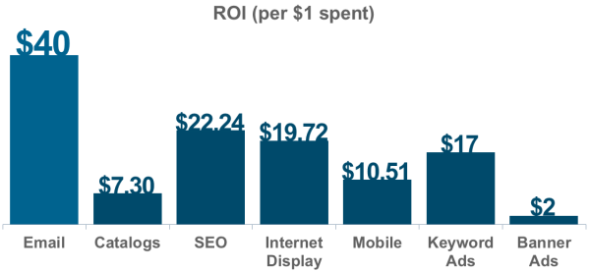Warren Buffet has built a $66 billion dollar fortune and become one of the most famous investors of our time. Buffet has a slightly less well known confident and partner called Charlie Munger.
Buffett credits him with much of the success of his investing approach:
“Charlie shoved me in the direction of not just buying bargains, as Ben Graham had taught me. This was the real impact Charlie had on me. It took a powerful force to move me on from Graham’s limiting views. It was the power of Charlie’s mind. He expanded my horizons.”
Munger does this through models.
He has come to the conclusion that in order to make better decisions in business and in life, you must find and understand the core principles and organise them in a method you can act on.
Charlie and I are the same (apart from a few billion dollars) we both believe the robust models are the most efficient and effective way to apply learning and make changes.
When I spend time with a business and help them with marketing and growth strategy we use frameworks and models to collate information, get clarity and make definitive actions.
There are many depending on the stage the business is at; startup or established; and the industry they are in.
Here’s a couple of frameworks that can help you get clarity and move forward.
The Tactical Triangle

The triangle was popularised by Perry Marshall:
“The Triangle says: In order to sell something, you have to get Traffic; then you have to Convert the traffic; and Economics means you have to make some money on what you sell – which is why you went into business in the first place.”
Businesses inherently know that they want to improve all those factors. So they try multiple ways of improving everything at once without measuring which one is the most effective use of scarce resources; time and money.
I use the triangle to give a business priorities based on what is going to give us the biggest return. Focusing on a single metric then gives you a shorter list of how you can achieve it.
An example for an online retailer:
- Traffic – improve email to generate more click throughs to site’
- Conversions – add a new payment option
- Economics – bundling products to increase transaction value
The power of the triangle is that every metric compounds on the next:
A retailer had 100,000 visitors monthly , a 4% conversion rate and average order value of $80 their sales would be $320,000
If they improved to 110,000, 5% conversion and $90 (10%, 25% and 12.5% improvements) sales would reach $495,000, 54% increase. So no single metric improved more than 25% but sales increased 54%. Yay maths.
In a world where the choices of which digital tactic and channel to use is vast the simplicity of the triangle is powerful.
The Value Proposition Canvas

As humans we are selfish beasts who only care about ourselves. Defining what value your product or service brings the a customer is not valuable, it’s essential. Many good products fail because they fail to communicate correctly.
The Value Proposition Canvas (download link) helps a business map, discuss and test ideas in relation to their customers needs. The canvas comes from the Lean Startup movement and zooms in on the customers segments when trying to achieve product market fit.
I’ve found extremely valuable for businesses to get clarity on products, technical development roadmap, marketing spend and even hiring.
Customer Jobs are the functional, emotional and social things the customer is trying to get done. eg perform a task, look good, security
Pains are the negative emotions and risks the customer faces before, during and after getting the job done. eg lost time, lack of features, learning curve
Gains are the benefits your customer expects or would be surprised by eg save money, look better, increased social status.
Mapping these and listing how your product matches and misses them gives clarity over how you can communicate the pains and gains and what gaps there are in meeting and exceeding your customers expectations.
Frameworks are simple yet powerful models to achieve growth, reduce waste and settle the overwhelm businesses feel on a regular basis.
If in doubt stop. model. act.








